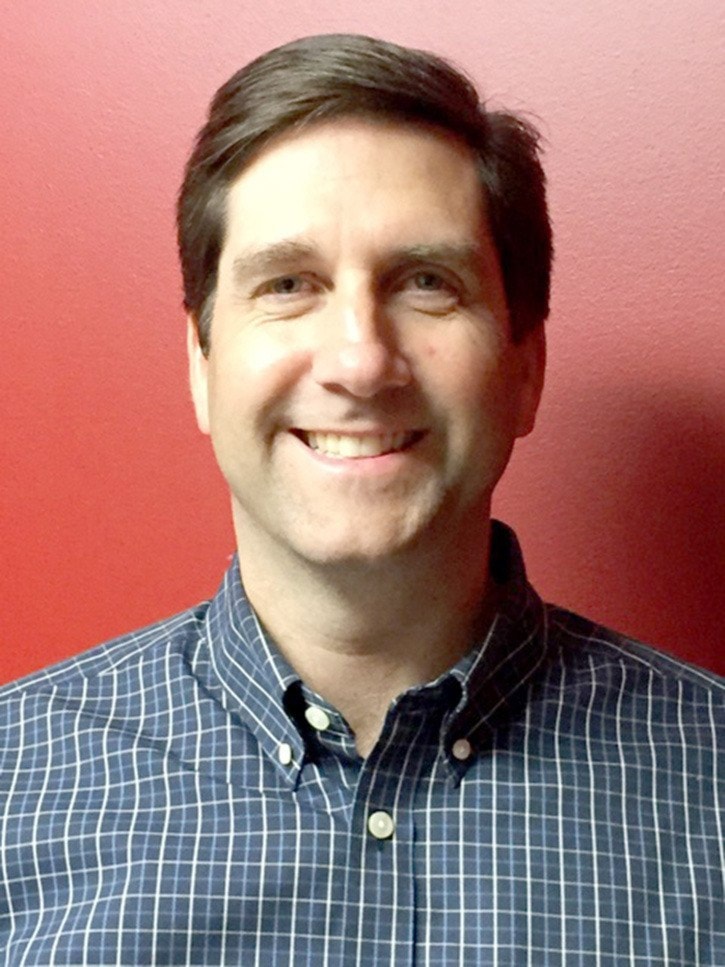When mental health issues arise among teenagers, parents often wonder: Did alcohol or drugs cause this? Or did a pre-existing mental health issue cause the substance use?
Substance use and mental health problems often go hand-in-hand. In fact, surveys show that 33 per cent of youth with a diagnosed mental health condition also have a substance use issue. The rates are even higher among those with a diagnosed substance use condition (such as dependence on alcohol or addiction to drugs), with anywhere from 60 to 80 per cent found to have an underlying mental health condition.
When mental illness and substance use show up together it is called a "concurrent disorder" and it is particularly challenging to treat because both issues must be explored and treated at the same time. Sometimes the two are very closely entwined; sometimes they just exist together.
Why do the two issues so often occur together? One reason is that the risk factors underlying both the mental health condition and the substance use issue are similar and may include a genetic predisposition, family history or any of a series of common life stressors such as a past experience of loss, trauma, abuse or poor attachment; a difficult or unstable family or living situation; limited supportive adults in their life; chronic stress; learning disabilities or poor school performance issues; poverty and neglect.
Sometimes the substance use itself can actually trigger mental health concerns like depression, paranoia or hallucinations that may clear up once the substance use is stopped.
Another reason is self-medication. Sometimes a teenager begins to use substances because he or she finds it provides temporary relief from uncomfortable or disconcerting symptoms. They may feel using the substance helps relieve anxiety, tension or depression. For a time it reduces psychological or physical suffering or makes them feel better. When self-medication is occurring, there is a greater risk of long-term dependence because the youth truly feels the substance is helping them cope.
Alcohol and marijuana (or cannabis) are the substances most used by B.C. teenagers. We now know that adolescent brains, particularly the critical frontal lobes, are not completely developed until about age 25. Youth brains are not just immature versions of adult brains, they also appear to be more vulnerable to substance use in ways that adult brains are not. It seems that the younger the start, the higher the risk. The older youth are when they started using alcohol or marijuana, the less likely they are to be current users or to engage in risky behaviours such as mixing different types of alcohol, drinking at high risk levels, using drugs such as amphetamines or crystal meth, or to have injected drugs. Fortunately, results from the 2013 Adolescent Health Survey found that more B.C. students are waiting to try alcohol and/or cannabis until after they are at least 15 years of age or older.
But the 2013 survey also found that 75 per cent of 16 to 18 years had tried alcohol and 46 per cent had tried marijuana. While most youth do not develop long-term addictions or mental health issues, substance use alone comes with significant risks to their health and wellness.
Binge drinking, alcohol poisoning, driving while intoxicated, unprotected sex, and injuries are all risks that arise from substance use, independent of any mental health concerns.
Protective factors against using either drugs or alcohol include good supervision from caring adults, strong connections to school, a positive peer group, involvement in extracurricular activities, and positive self-esteem and attitudes.
In recent years, concerns have been raised about the role heavy marijuana use can have in the onset of psychosis (hallucinations and delusions) and even schizophrenia.
In the 2002 Dunedin study (UK) researchers found that cannabis use in adolescence significantly increased the odds of developing schizophrenia in adulthood, especially in psychologically vulnerable individuals who had used the drug by age 15.
More research on this link will be forthcoming, but we do know that stopping cannabis use is the first essential step to getting the psychosis and schizophrenia under control.



